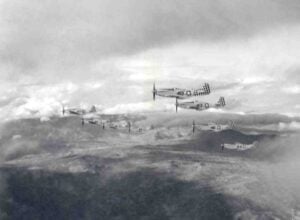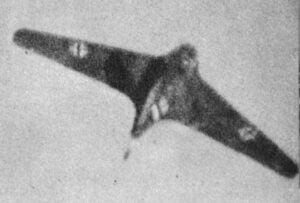The Aircraft That Doesn’t Eject Bullet Shells

YouTube / Not What You Think
The A-10 Warthog is often described as a flying gun, but its real purpose sits deeper than the GAU-8. It was built to support soldiers on the ground, and every part of the aircraft was shaped around that mission.
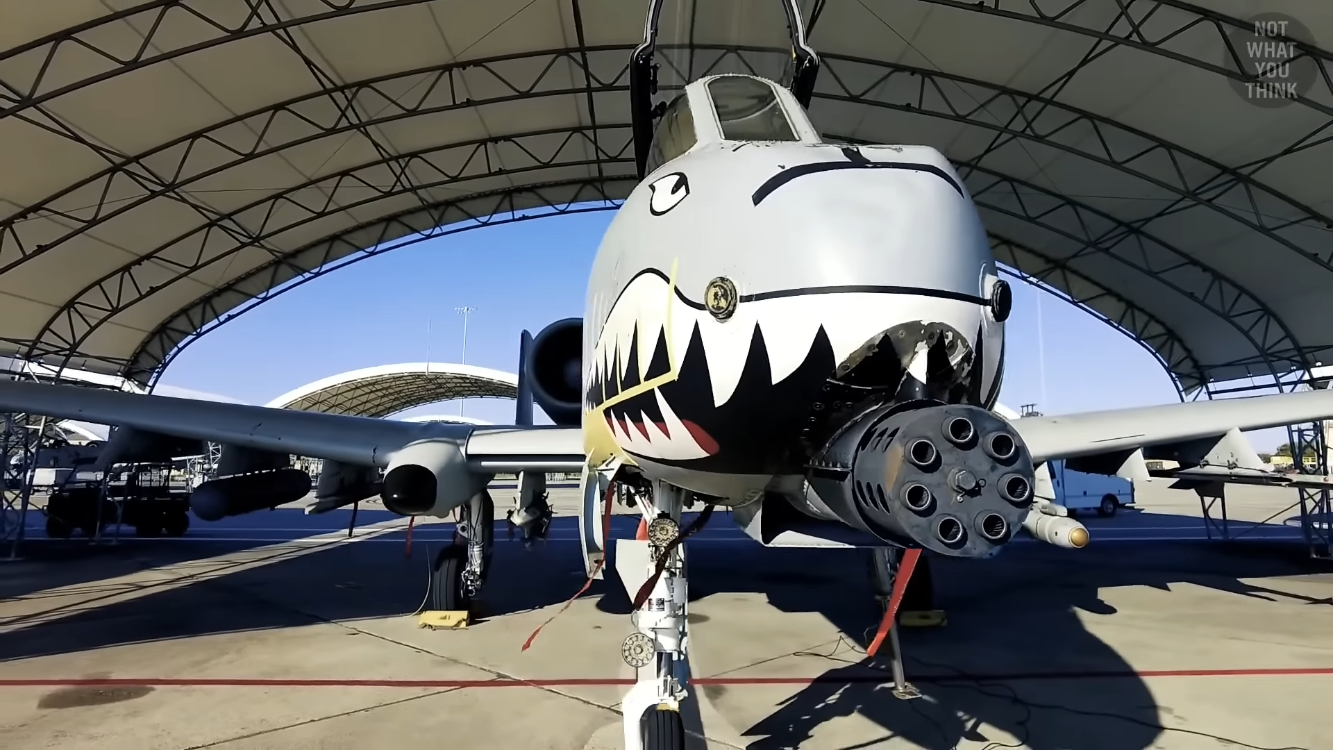
The Air Force needed something that could launch, attack targets, come home, rearm, and do it again without slowing down. During testing, one A-10 flew seventeen sorties in a single day by rotating pilots through the cockpit, which showed how durable and efficient the jet was.
The gun is what people ask about most though. The GAU-8 fires massive rounds, and the jet keeps every casing. This surprises many, but the reason is simple. The shells act as ballast. If the aircraft ejected them, the center of gravity would shift, which would affect how the jet flies.
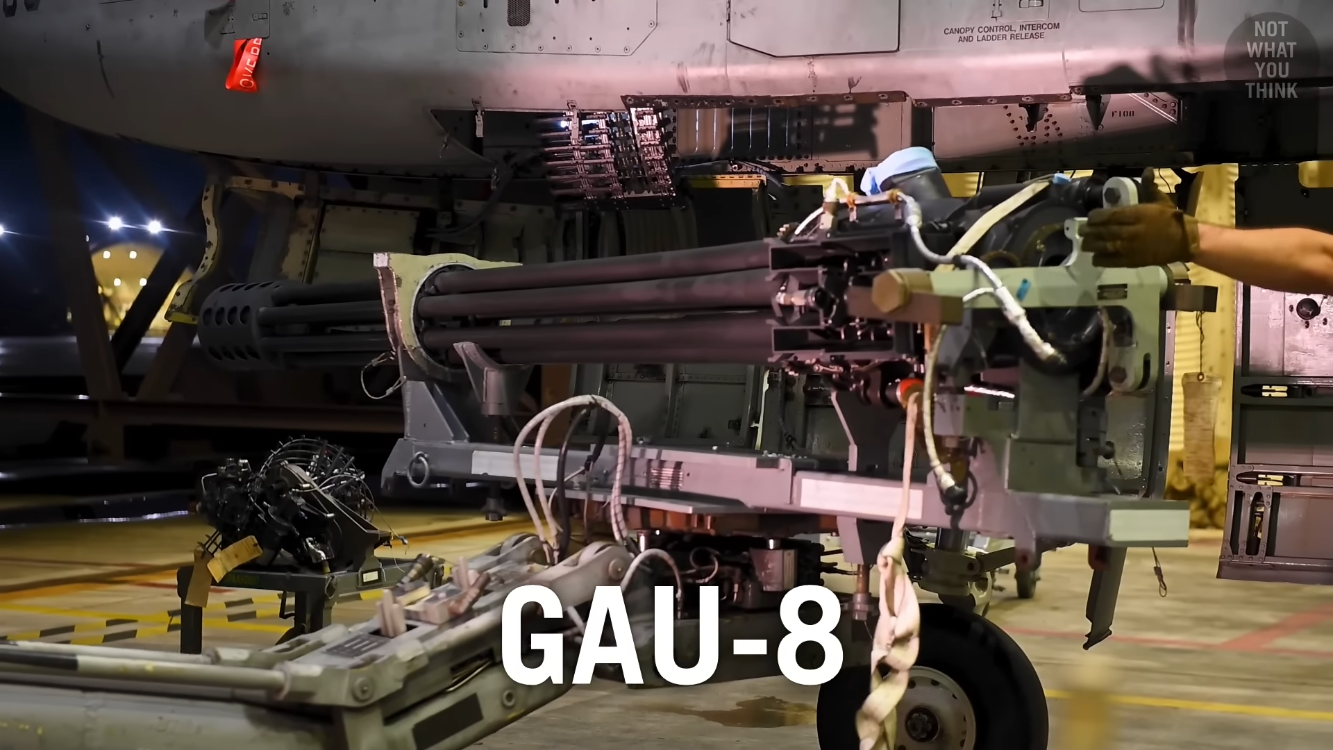
The rounds feed into a rotating drum that stores them until landing. A machine called the Dragon loads and unloads the ammunition quickly to keep turnaround times short.
Speed on the ground mattered. Maintainers would keep the engines running while the aircraft was refueled and rearmed. Two load crews worked at the same time in the maintenance area, which saved valuable minutes. More efficient turnarounds meant more time helping troops who needed firepower overhead.
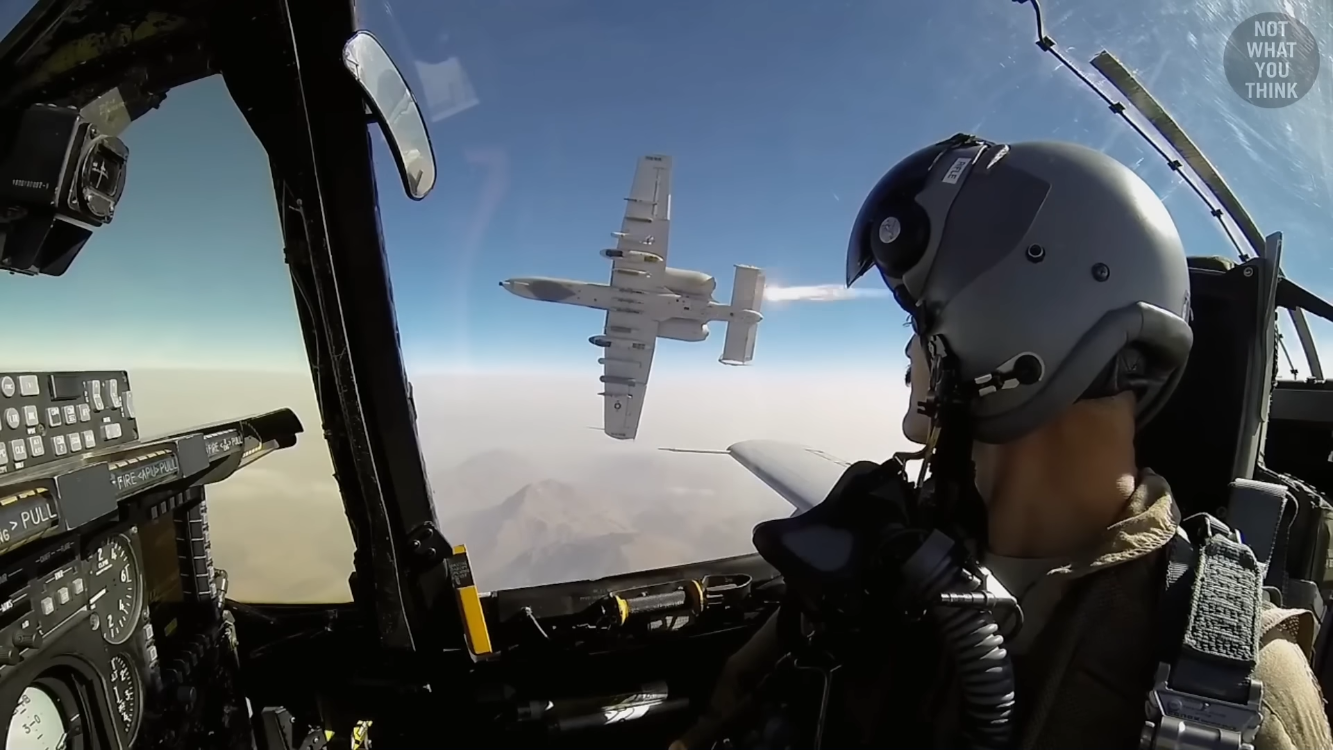
Survivability drove much of the A-10’s design. The aircraft could stay in the air with severe damage. The cockpit sat inside a titanium bathtub designed to withstand 23 mm hits. The landing gear remained slightly exposed when retracted so the aircraft could roll during a belly landing. The gun’s placement near the center kept recoil aligned with the jet, which pushed the nose gear off to the side. Large wings carried up to sixteen thousand pounds of weapons.

Modern threats eventually changed its role. Advanced missiles and air defenses made low and slow missions harder to survive. The Air Force plans to retire the A-10 by 2030. Even so, it carried out its mission when it mattered and earned its place in history.

















